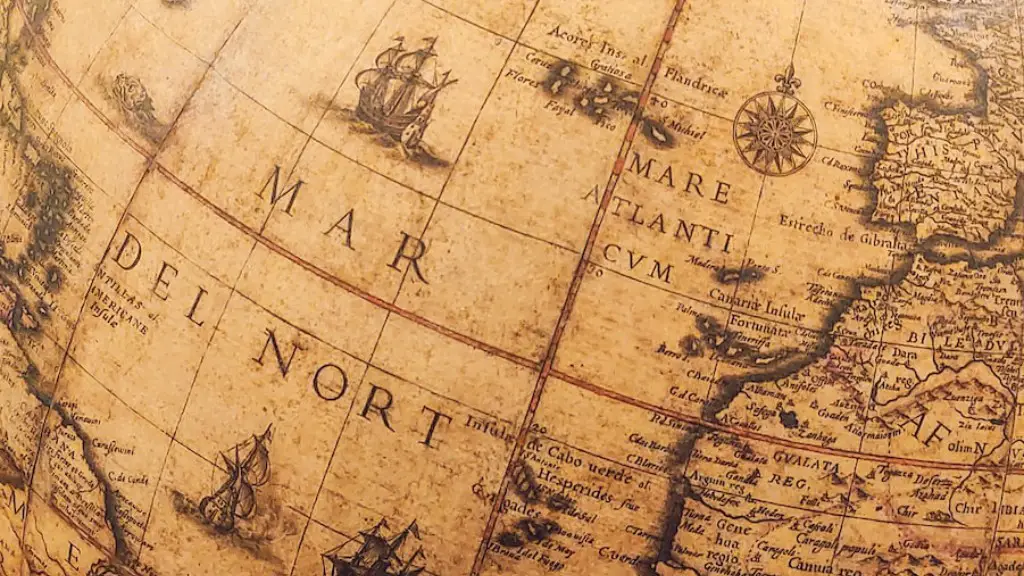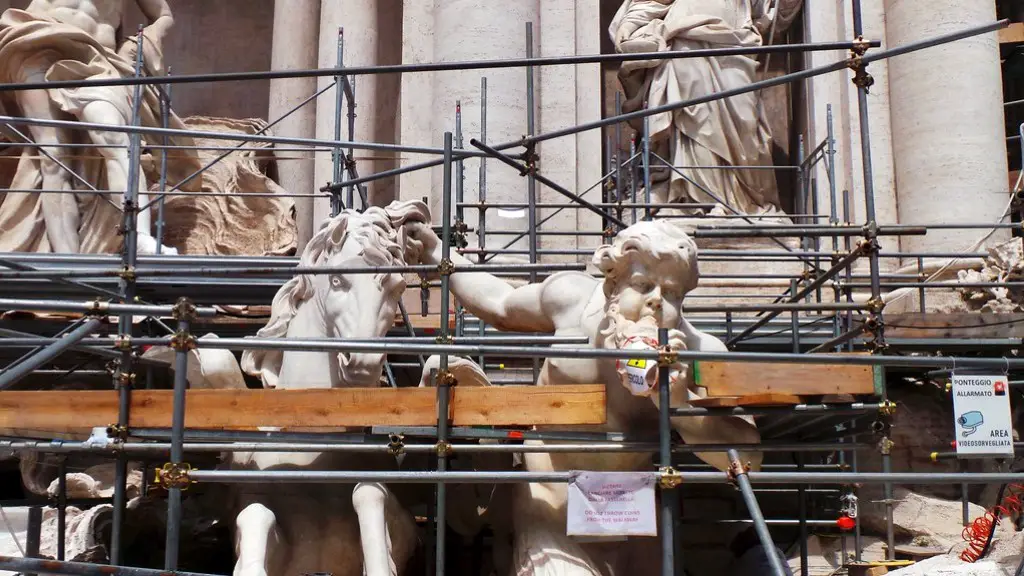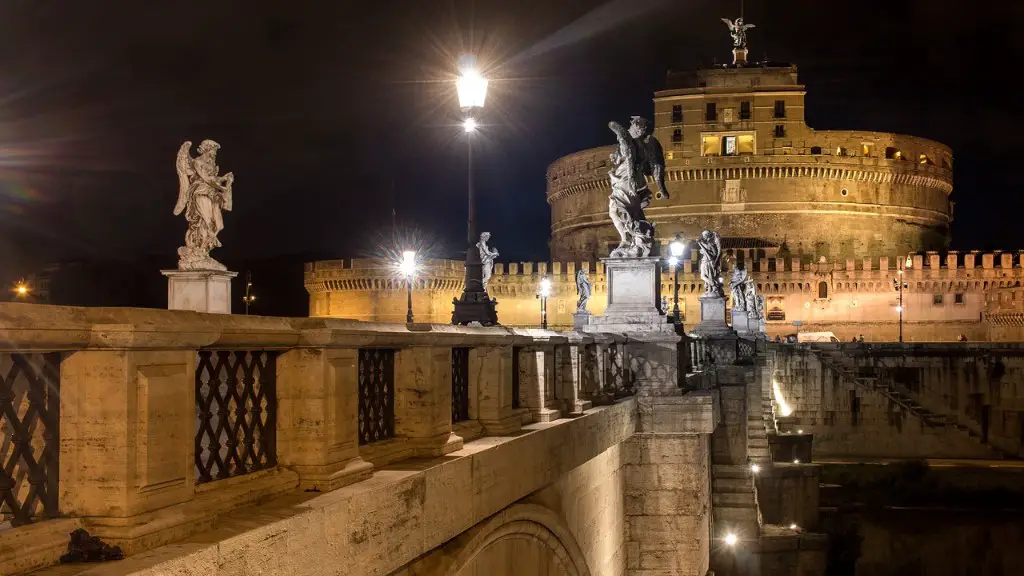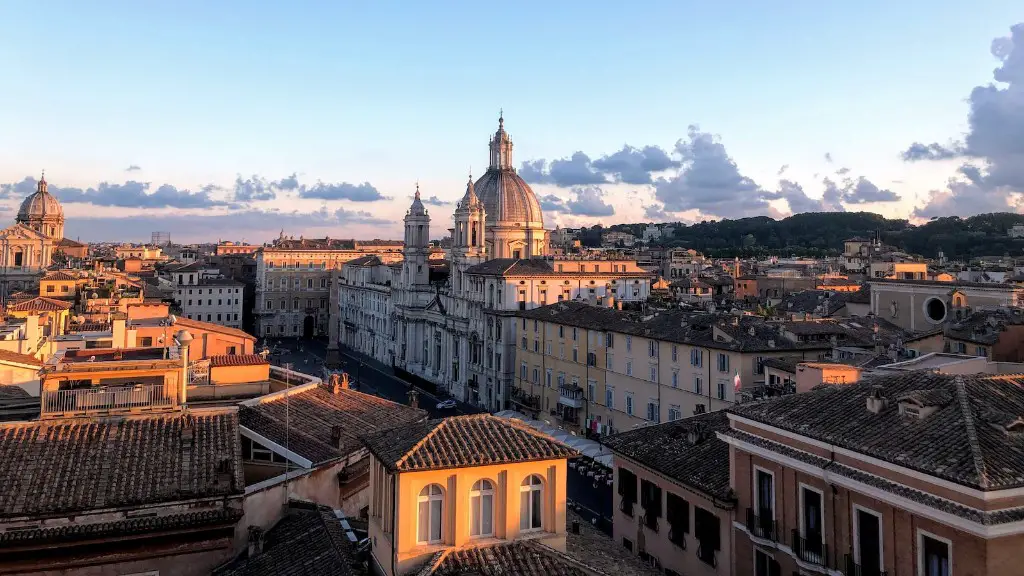What is Ancient Rome?
Ancient Rome is a powerful Mediterranean empire which emerged around the 8th century BC. Centered around what is now known as Italy, the Republic of Rome played a major role in the development of the Western world. The period of Ancient Rome began with the founding of the Republic in 509 BC and lasted for nearly a 1000 years. Ancient Rome was a powerful symbol of strength, power, and culture. It was an era of triumphs on both a political and a cultural level.
The Republic was ruled by two consuls elected by citizens and each served a one-year term. Over time the Roman Republic grew in size and strength, eventually dominating Mediterranean politics and culture. One of the major achievements of Ancient Rome was its advanced system of government, which was a complex combination of monarchical and republican elements. This system led to the Roman Empire, a period of world domination and political stability.
Ancient Rome also left a lasting influence on the world of culture and art. This influence can be seen in the archaeological remains, literature, and everyday items. Roman art and architecture are characterized by their grandiose scale, straight lines, and classical forms. Roman literature was an important part of the culture, with writers such as Lucretius, Virgil, and Horace.
Furthermore, the Roman Republic had a profound influence on social and cultural life in Europe. Throughout its history, it championed the family, a strong military, religious devotion and the pursuit of education. It also introduced new concepts of law, politics, economics, and the development of a common language. Ancient Rome left a legacy of laws, coins, and monuments, which still have a profound influence on today’s society.
One of the reasons for the Republic’s long-term success is its ability to adapt and develop. It was able to learn from its mistakes and make adjustments which allowed it to grow stronger from its struggles. This strong sense of resilience allowed Ancient Rome to dominate the Mediterranean for almost a 1000 years before eventually succumbing to the pressures of internal strife, barbarian invasion, and internal corruption.
The Republic of Ancient Rome remains an enduring symbol of strength, power, and culture. It left a lasting impression on the world and is still studied today as to how it achieved such success and longevity.
The Rise of Ancient Rome
The Republic of Rome was founded in 509 BC by the overthrow of the Etruscan kings. According to tradition, the twin brothers Romulus and Remus were saved by a she-wolf shortly after their birth and were eventually adopted by the shepherd Faustulus. Romulus later murdered his brother while they were arguing over which city they should found. As a result, Romulus established what was to become the Republic of Rome.
During the early Republic, Rome was ruled by the patrician class. This upper class was highly influential in politics and managed the state’s finances and security. They were also responsible for appointing the consuls, the two magistrates who oversaw the Republic. Beneath the patricians was the plebians, a working class who were not allowed to hold public office or even become advisors to the consuls.
The Republic success was largely due to the stability it provided. It allowed citizens to participate in a system of government which protected them, provided access to justice and cultivated a strong sense of identity. Taxation and military service also provided resources and wealth to the state which allowed it to become a major power in the Mediterranean region.
The Republic adopted a foreign policy of expansion which saw it regularly expand its territories and influence. Rome devised clever military strategies which allowed them to defeat their enemies with relative ease. This period of expansion allowed Rome to gain control of the Mediterranean and become the unquestioned superpower of its time.
The Legacy of Ancient Rome
The legacy of Ancient Rome has had a lasting impact on the world today. Roman culture has served as a political, social and cultural template for many nations. The Republic adopted a concept of law which still exists in most modern societies and its language, Latin, is still used in some areas. Rome also provided an example of resilience and adaptability which have enjoyed resurgence in modern times.
The effects of the Republic can even be seen in the political structures of modern nations. The concept of a republic is one which still prevails in many places, and the concepts of checks and balances, separation of powers, and representative government are all attributes which can be traced back to the Republic.
Roman law, literature, architecture and art were all major influences on the European continent. In particular, the influence of Rome can be seen in most European politics, where countries tend to organize themselves in a unitary or federal structure, thus mirroring the Republic. Roman art and architecture are still some of the most iconic symbols of the period.
Overall, the Republic of Rome has left an enduring influence on the world. Its successful adaptation and growth over a 1000 year period have provided a template for many societies which have followed since. Its legacy lives on in the many political, social and cultural aspects of our modern world.
The Political Structure of Ancient Rome
The Republic of Rome was governed by two consuls who were elected by the citizens. Consuls served a one-year term and presided over the Senate, a body made up of wealthy citizens and public officials. The consuls acted as the executive power of the Republic, although the Senate was consulted on most major issues.
The Senate was divided into two branches, the Patrician and the Plebian. The Patrician Branch was reserved for wealthy landowners and public officials, while the Plebian Branch was mainly occupied by the lower classes. The Plebiscite was a popular assembly which allowed citizens to vote on laws, although it could only be used if the Senate gave its approval.
The Republic also had a judicial system which was made up of numerous tribunals. These tribunals were responsible for passing judgments on criminal and civil cases. The Republic also had a system of taxation which was used to finance its expansive military campaigns and other ventures.
In addition to its political structure, the Republic also had an efficient administrative apparatus. This system allowed Rome to organize and regulate its vast territories and maintain control over its multiple provinces. This system of administration ensured that the Republic was able to effectively manage its resources and exercise its power throughout the Mediterranean region.
The Social Structure of Ancient Rome
The Republic of Rome had an extremely hierarchical social structure. At the top of the social pyramid was the patrician class, a wealthy and influential upper class. This class had near absolute control over the Roman government and was responsible for appointing the consuls and senators. Beneath the patrician class was the plebians, a working class of citizens who were excluded from public office.
The social structure also played an important role in the military organization of the Republic. The citizens were divided into different age groups and assigned to different military units. Each unit had its own distinct insignia, weapons, and strategy. This system allowed the Republic to field a large and powerful army.
Religion also played an important role in the social structure of the Republic. Roman religion was a combination of home-grown cults and imported religions such as Judaism and Christianity. Religion was used to legitimize the power of the patrician class and to encourage loyalty to the Republic.
In addition to this, Ancient Rome was a hotbed of intellectual activity. Education was widely available and the Republic produced some of the most renowned scholars and poets in history. The Republic also spawned great works of philosophy, architecture, and science which continue to influence the world today.
The Decline of Ancient Rome
The decline of the Republic of Rome was caused by a number of factors. Internal strife, barbarian invasions, and political corruption all contributed to the eventual downfall of the Republic. The Republic was unable to adapt to the changing world and eventually succumbed to its own internal problems.
Internal strife was a major factor in the decline in the Republic. The wealthy patrician class was able to maintain its power and influence over the plebians through their control of public office, taxation, and military service. This created tension between the two classes which eventually led to a series of civil wars.
The Republic was also unable to cope with the increasing pressures of external forces. Barbarian invasions caused severe disruption to the Roman administration and led to the loss of important territories. In addition, the Republic was weakened due to widespread political corruption, with many individuals using their positions for self-gain rather than the benefit of the Republic as a whole.
The Republic of Rome declined and eventually fell in 476 AD. This marked the end of the Republic and ushered in a new period in world history. While the Republic had enjoyed over a 1000 years of success and prosperity, its eventual decline was due to its inability to adapt and respond to the changing times.





